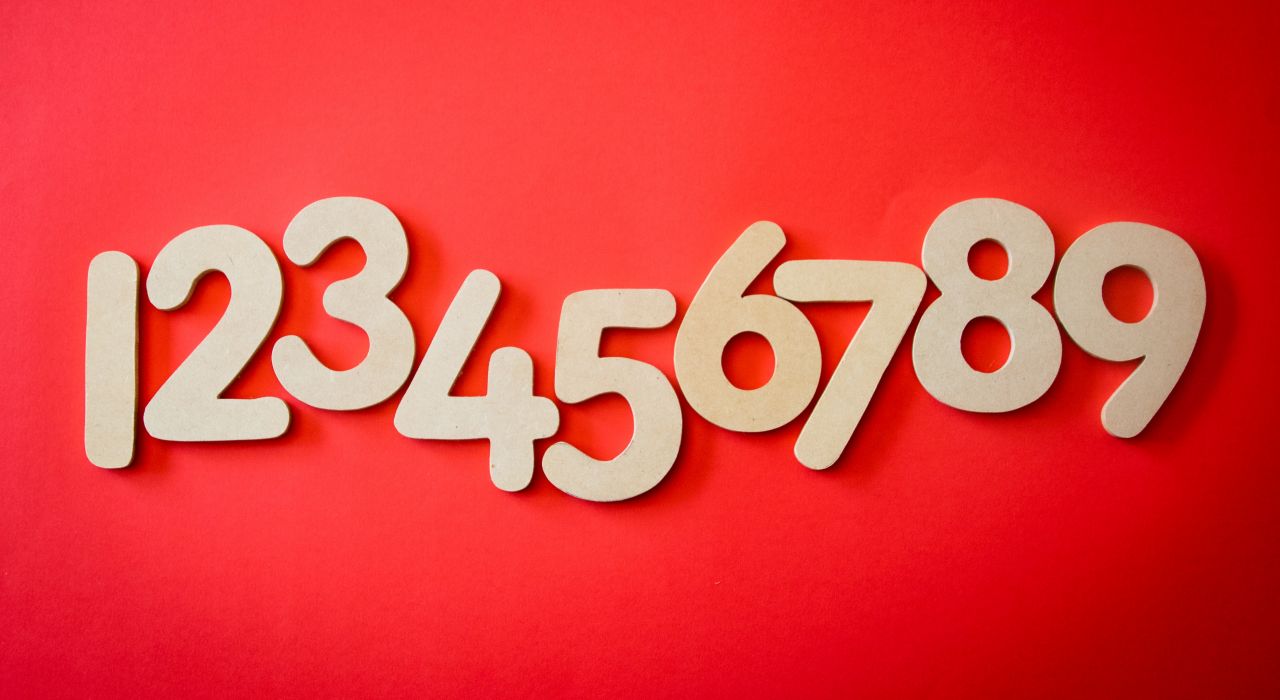
We are all aware of the challenges that prosecuting a claim including the term “about” can raise during prosecution – whether it is definite, whether it is defined explicitly or in some other form in the specification, etc. – but the recent Federal Circuit case Par Pharmaceutical, Inc. v. Hospira, Inc. (Fed. Cir. 2020) (decision) demonstrates the possible usefulness of the claim term “about”, and perhaps justifies the extra effort that can be necessary to bring such a claim to allowance.
In Par Pharmaceutical, the Federal Circuit found that Hospira’s generic allergy drug containing 9 mg/ml of a tonicity regulating agent literally infringed Par patents requiring “about 6 to 8 mg/mL of a tonicity regulating agent”, thereby avoiding all the issues that surround (and generally reduce or defeat) an allegation of infringement under the Doctrine of Equivalents.
Relying on the fact that Hospira had agreed that “about” meant, simply, “approximately” and on the District Court’s pretrial order that “[t]he extent of the term ‘about’ must be determined using a functional approach” the Federal Circuit found that the claim term ‘about’ avoided a strict numerical boundary of the specified parameter and was instead confined to what a person having ordinary skill in the art would reasonably consider ‘about’ to encompass. And because neither party proposed a claim construction based on intrinsic evidence (i.e., amendments and arguments made during prosecution, specification definitions, etc.), the Court explained that the scope of the term “about” must be tied to the purpose of the limitation in the claimed invention—not the purpose of the invention itself.
Then, in agreeing with Par’s expert, who explained that the limitation’s endpoints were not critical and that, given the purpose of the limitation, a relevant artisan would reasonably understand 9 mg/ml to fall within “about 6 to 8 mg/mL”, the Federal circuit affirmed the District Court’s finding of literal infringement, finding that such an expansion of the limitation was only a “modest amount”.
Takeaway: As mentioned above, this finding of literal infringement through the use of the claim term ‘about’ avoided consideration of all of the events that typically occur during prosecution and which generally narrow any possible application of the Doctrine of Equivalents, and delivered a significant victory to patentee. In view of this, consideration should be given to including the term ‘about’ in one or a few claims of a given claim set.
Judges: Dyk, Taranto, Stoll
by Richard Treanor
Richard (Rick) L. Treanor, Ph.D., is a founding partner of Element IP. Rick has more than three decades of experience in intellectual property in both the U.S. Patent and Trademark Office and private practice. Rick focuses his efforts on the creation, maintenance, and defense of IP rights in proceedings that take place inside the USPTO: patent prosecution, patent appeals, inter partes review, post-grant review, derivation proceedings, covered business method review, re-examination, interference, third party submissions, revival, foreign filing licenses, supplemental examination, etc.
